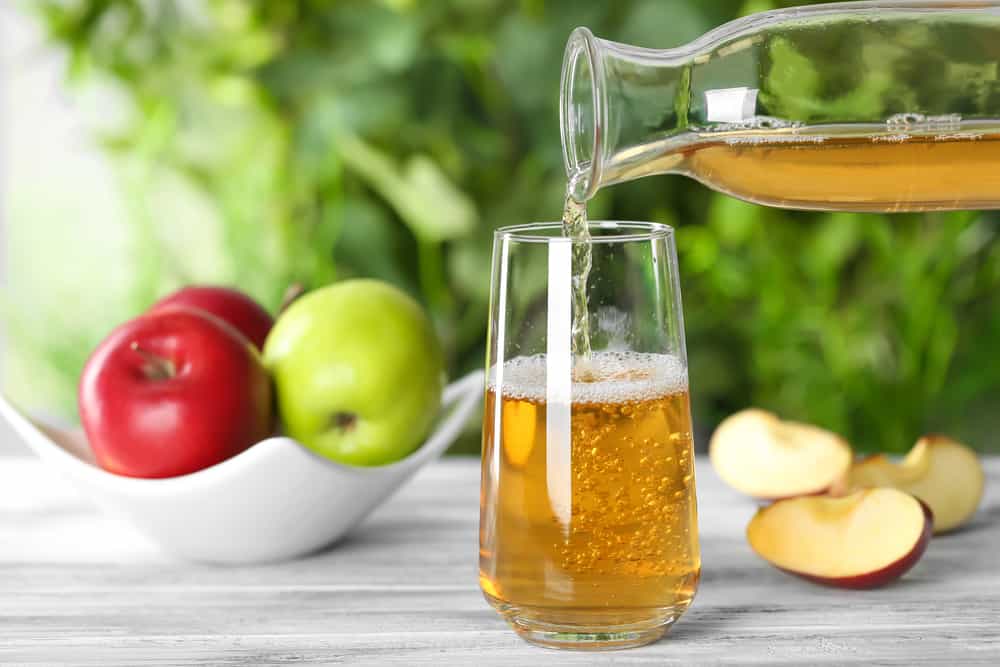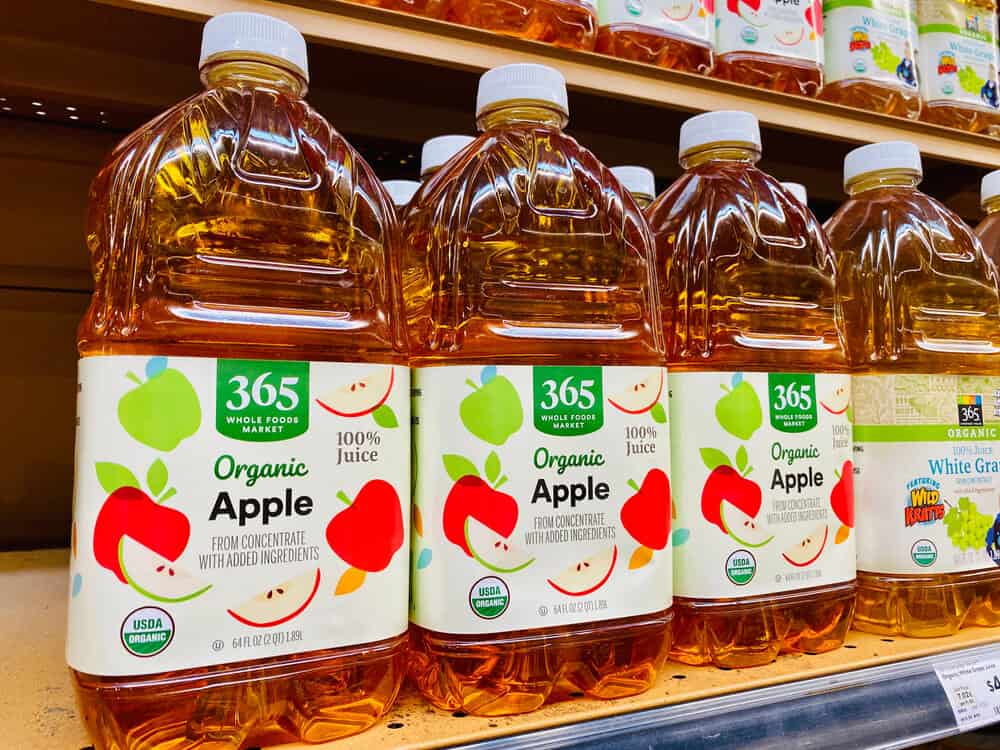Most of us are familiar with the stereotypical comments about products that are made in China. Comments that everything they make is just a cheap imitation or not of good quality. There is some truth to the stereotype, but on the other hand, there are also some top-quality products that China sends the world throughout. However, the stereotype had to originate from somewhere. There has to be some truth to it; otherwise it would never have stuck. Not only can they make a good knock-off electronic goods, but their food items are also not always to be trusted. There are some food products that you best stay away from, lest you develop some or another illness.
In China, it seems that it is all about the money and it also doesn’t seem to bother anyone. The way in which the buck is made can be suspect, and no one will bat an eye. When you buy a food item in China, there is no telling what you will get mixed in with your food. They use everything from plastic to pesticides to spruce up their foods. Here is a list of the 30 most common items that you should steer clear of.

30. Apple juice
To begin with, apple juice is bad for you. Any fruit juice is a bad idea for that matter. The problem is that it is loaded with sugar and none of the fiber that the actual fruit contains. Your body digests it at a super-fast pace, and if you don’t use the energy, your body stores it as fat. The apple juice from China should completely deter you from having some seeing that they use so many pesticides.

They still haven’t addressed the pesticide or chemical effects of the pesticides that they use, yet they are the world’s leading pesticide manufacturers. Some of the most popular apple juice brands that are consumed in the States have shown high levels of toxic arsenic levels. Therefore, if you have to drink fruit juice, rather do a homemade version. You know at least who made the food.
